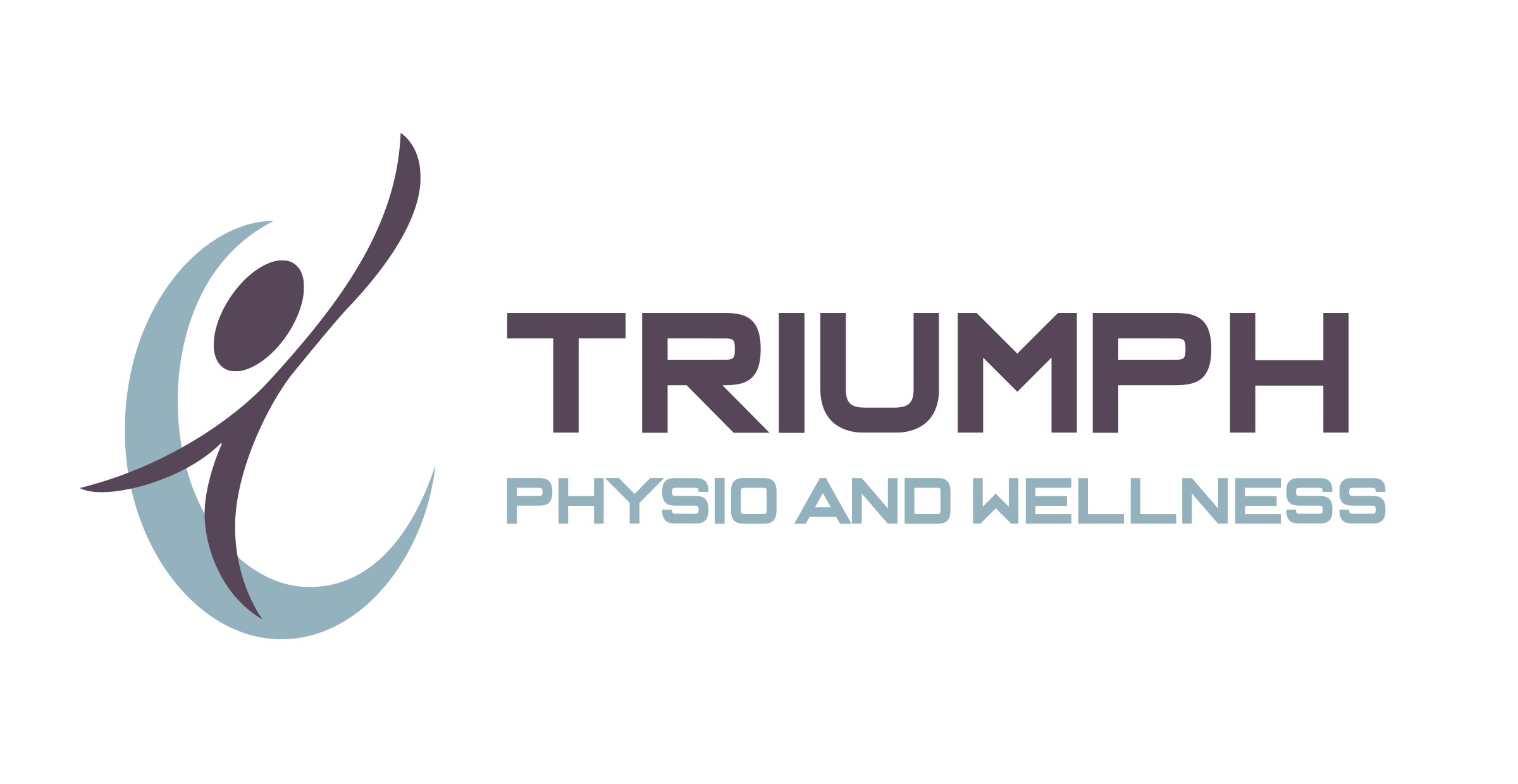Do You Have Heel Pain? 5 Signs You May Have Plantar Fasciitis
Every day is a busy day if you're always on the move! It's hard to take a break when you work on your feet all day, you've got family to look after, groceries to shop for, and endless chores around the house. All of that standing and moving around can result in heel pain, which is one of the most common signs that you need to slow down and really get off your feet.
However, if you have heel pain even after you've had a rest or when you get out of bed, that's a sign of a more serious condition that we're going to talk about today. If you have heel pain even when you're off your feet, you may have what's called plantar fasciitis.
What is plantar fasciitis?
Plantar fasciitis is the more medical term for heel pain. Our feet consist of what's called a plantar fascia, which is a ligament (a flat band of tissue) that connects your toes to your heel bone. Like everything in the human body, this ligament is prone to sprains after overuse. If sprained, the plantar fascia will become irritated and inflamed, which leads to what we know as plantar fasciitis. It's a more serious condition than normal heel pain, which if left untreated can lead to further posture problems in your feet, hips, and back, as well as limping (which also doesn't help!).
What are the common causes of plantar fasciitis?
More common in people over 50 years of age
Having shoes that don't fit you properly, or they're wearing down thin at the soles and padding.
Too much running, walking, and standing for long periods of time. Doing this on hardwood floors especially doesn't help.
Other certain diseases. Sometimes these are interconnected to your heel pain. An example is arthritis.
The way you walk; if your feet roll inward too often while you're walking, this is referred to as excessive pronation.
Having flat feet or high arches.
Having tight calf muscles or a tight Achilles tendon.
Excess body weight (this is correlated with increased loading of the tissue, and also stiffening of the connective tissue in the plantar fascia making it less flexible).
What are the signs of plantar fasciitis?
Now that you know a little bit more about why your heels are hurting, here are some signs that your case requires some serious attention:
1. Specific area pain. Plantar fasciitis will typically be felt at the front and centre of your heel's bone.
2. "First step" pain. You'll usually feel this as soon as you get out of bed in the morning.
3. Standing pain. You'll definitely feel this when you stand up after having sat down for a long period of time.
4. Pain right after exercising. Not during exercise, but rather once you've stopped exercising is when you may feel pain. Certain exercises that require you to use your heels can also contribute to the pain.
5. Extreme redness and soreness on your heel. This can be joined with a tingling or burning sensation coming from the inside of your foot.
Plantar fasciitis can also be a sign in and of itself for what's called a stress fracture. This type of fracture typically happens when a hairline crack forms in the bone (in this case, it'd be your heel's bone). You can ask your doctor to examine for a fracture in case the pain has not subsided despite treatment.
What can I do if I have heel pain?
Sometimes plantar fasciitis can resolve on its own in about a few weeks...provided, that is, if you rest and manage the inflammation. However, we know you probably live a very busy lifestyle and that other factors can come into play, meaning all of that can extend your healing time to a few months or even a year. It will take even more time to heal a stress fracture if that's your doctor's diagnosis.
The easiest solution to speed up your healing time and get back to living without pain is to get assessed by a physiotherapist. Dry needling/acupuncture can also provide that much-needed pain relief.
Aside from regular physio appointments, there are several things you can do to help ease your heel pain:
Take a break! Cut back on doing any activities that hurt your feet. We know you've got a busy lifestyle, and maybe you work somewhere where standing is absolutely required, but you've got to look after yourself first.
Buy new shoes/replace the ones hurting you. Maybe your current ones are the reason you're having issues. Ideally a pair of shoes should have enough padding between your foot and the shoe itself. Alternatively, take a look at orthopedic shoes designed to correct your feet's natural position and prevent ligament irritation.
Stretch those legs! Calf and toe stretches can and should be done regularly and especially when you wake up first thing in the morning.
For pain and swelling in between your physio sessions, you can use ice packs and over-the-counter medicine such as ibuprofen.
Get help regardless of what kind of heel pain you have!
At the end of the day, whether you think your heel pain is because of plantar fasciitis or something else, it doesn't matter—pain in your heels is pain you don't have to live with. You can count on our physio team to provide the pain relief you need, whether it's for your heels or feet themselves. You deserve to live a pain-free life.
Contact us today to book an assessment!
Creative Commons Attribution: Permission is granted to repost this article in its entirety with credit to Triumph Physio and Wellness and a clickable link back to this page.

